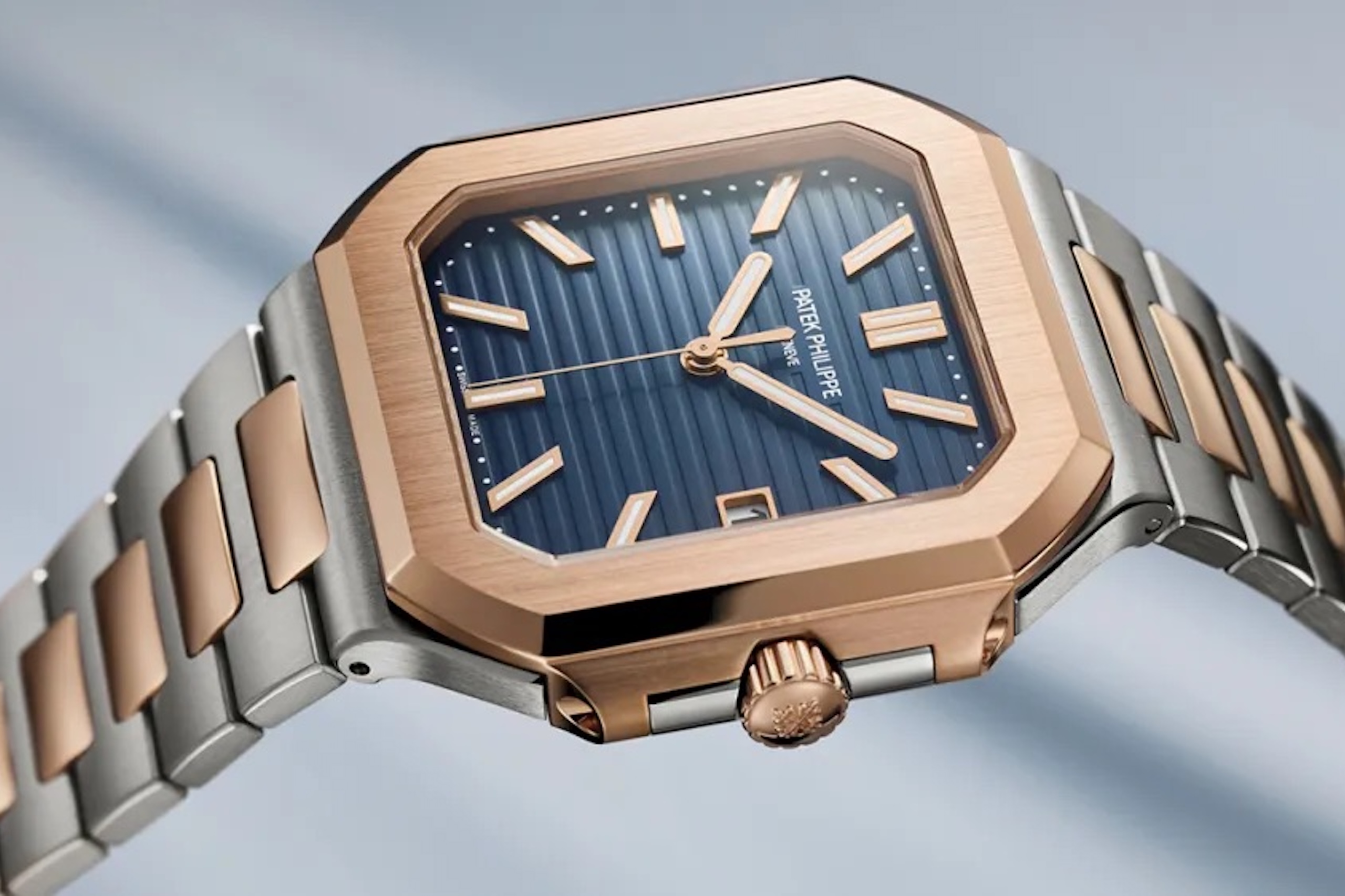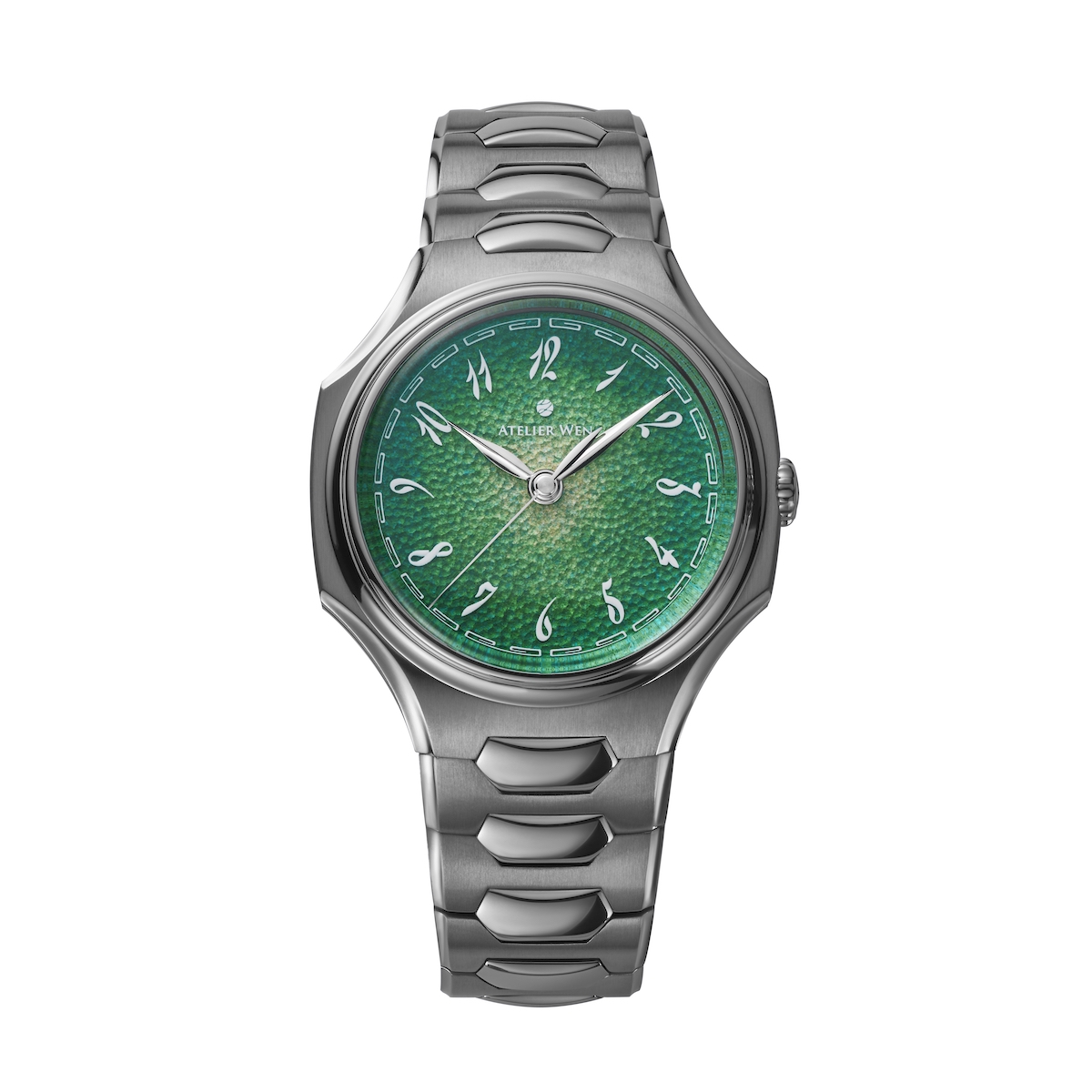Perched on a balcony high above a crowd of retailers, clients, and press, Patek Philippe president Thierry Stern lorded over the official unveiling of the brand’s first new collection in 25 years, the Cubitus. The October event, held about an hour outside Munich, was supposed to provide the first glimpse of the latest offering, but the much-anticipated reveal was spoiled when an ad for the timepiece leaked online a few days before, sending social-media commentators into a frenzy. Word of the release caught like wildfire, but the response was anything but warm. (Even The New York Times went so far as to compare it, if unfairly, to a US$717 (HK$5,580) model from an English microbrand powered by a cheap Miyota movement.)
None of this seems to have stopped demand for the Cubitus, and it didn’t take long for seasoned collectors to start bragging about receiving their orders. Among the first was American rapper NORE, born Victor Santiago Jr, who posted photos and videos of himself opening his two-tone Cubitus (Ref. 5821/1AR) just four days after its launch.
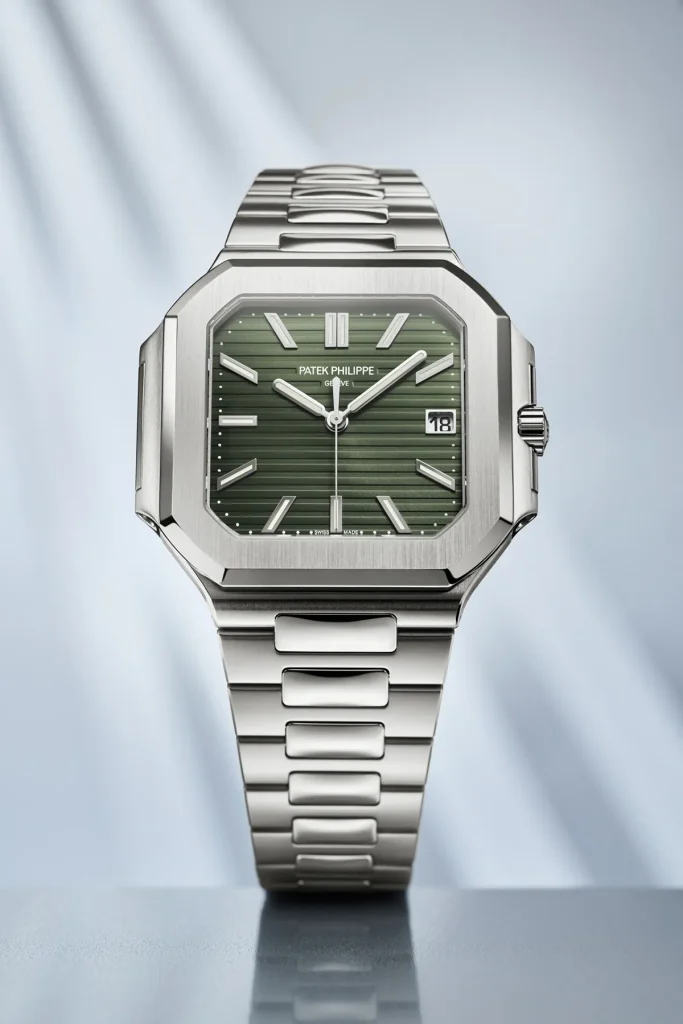
Image courtesy of Patek Philippe
Even if you run watchmaking’s most revered brand, releasing a new collection is no easy feat—especially when it comes two and a half decades after the previous one. The weight of the watch world’s expectations was upon Stern’s shoulders. In response, Patek’s head honcho produced what many pundits agreed was a rather simple design; the time-and-date pieces were so straightforward, in fact, that watch enthusiasts complained they were just reinterpretations of existing Nautilus models housed in a larger 45 mm case.
The Cubitus line includes three references: Ref. 5821/1A comes in steel with an olive-green dial—if you can get it at retail, it will cost US$41,243 (HK$320,935)—and the aforementioned two-tone version has a blue dial for US$61,276 (HK$476,825). A third iteration, Ref. 5822P, has a platinum case with a blue dial and is priced at US$88,378 (HK$687,725); it’s the only Cubitus to sport a strap. It houses the new Calibre 240 PS CI J LU and combines a large date window, moon phase, and day-of-the-week indications, all of which can be changed simultaneously in 18 milliseconds. The watch has six patents pending (many of which concern the perfect alignment of the date digits and the ability to correct the indications at any time of day), proving that you can’t judge the Cubitus by its cover.
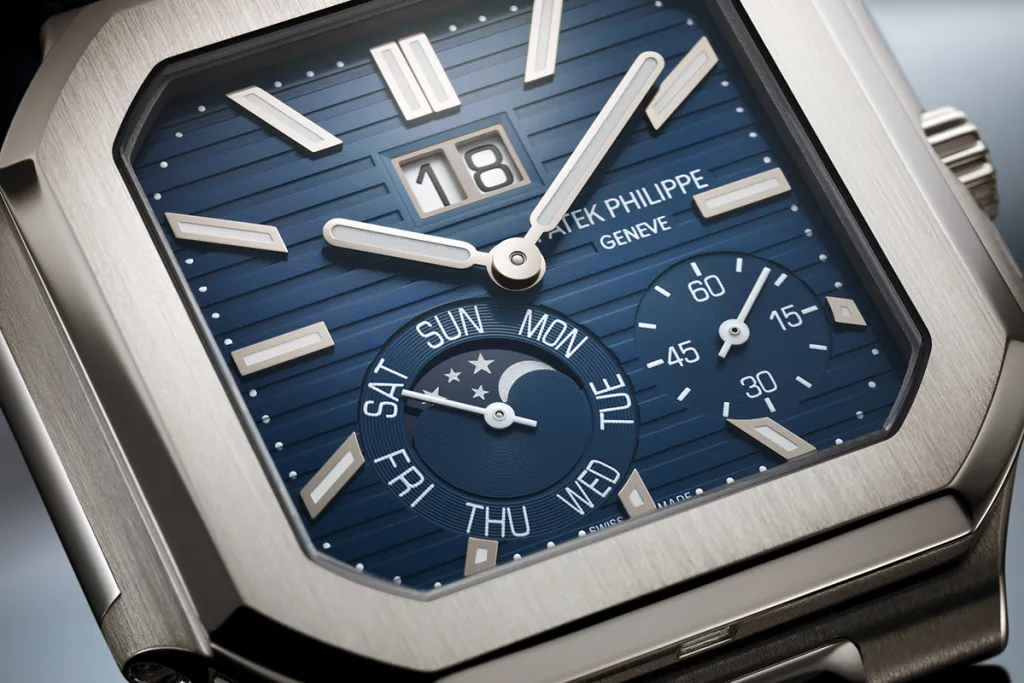
Image courtesy of Patek Philippe
As for the comparisons to the best-selling Nautilus, “they’re right,” Stern admits, noting that he looked to both the Nautilus and the Aquanaut when creating the Cubitus. “Today, I have an amazing line with the DNA of the other one—that’s what I do,” he says. “I also do it with the Calatrava line or the complications, all of them. You should not always reinvent everything from zero,” he adds. “Take the best of what you know and improve it.” It’s a winning formula for other luxury brands, after all—Hermès, Rolex, and Ferrari do this sort of thing all the time.
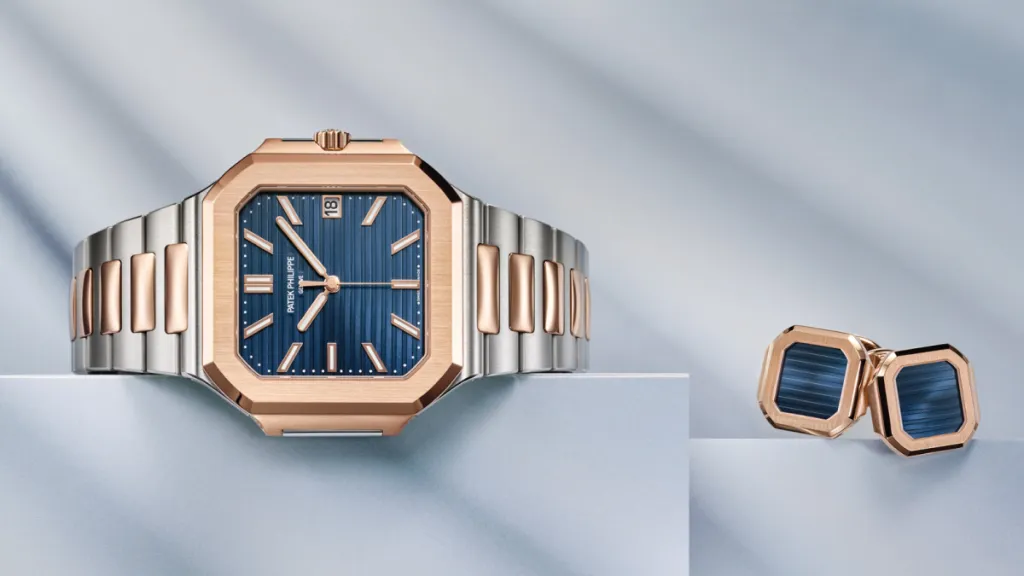
Yet Stern insists the idea behind the Cubitus is not to stay stuck in the past, but instead to attract new customers. “I cannot only stay with the older clients—and I will not lose them—but I also know that at one point they will be gone, and the new ones should also be part of it.” His ideal Cubitus buyer is someone young and active, who might be just starting a new business—and in the same breath he adds that, unless that person is already a VIP client, they’ll have to get in line. “It will be the same as the Aquanaut,” he notes. “The first year might be a bit difficult for the newcomer to have it, but after that, it will be easier.” The nonchalant admission only seemed to further drive home the message: There’s nothing radically new here. And yet it’s all anyone can talk about—which is just the way Patek Philippe likes it.





